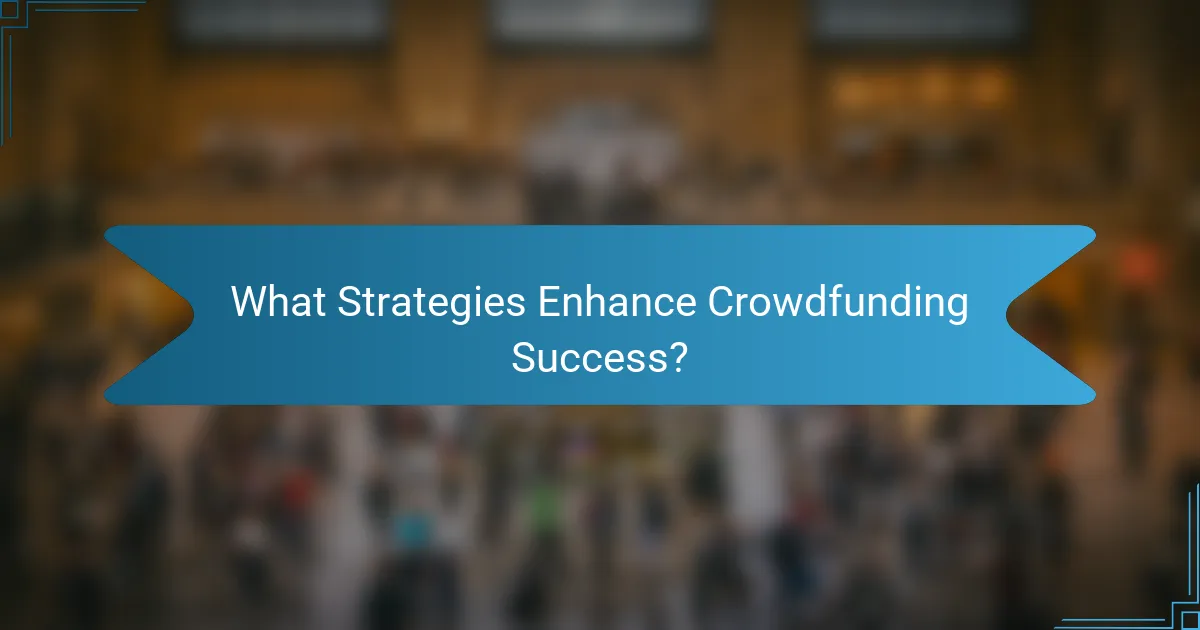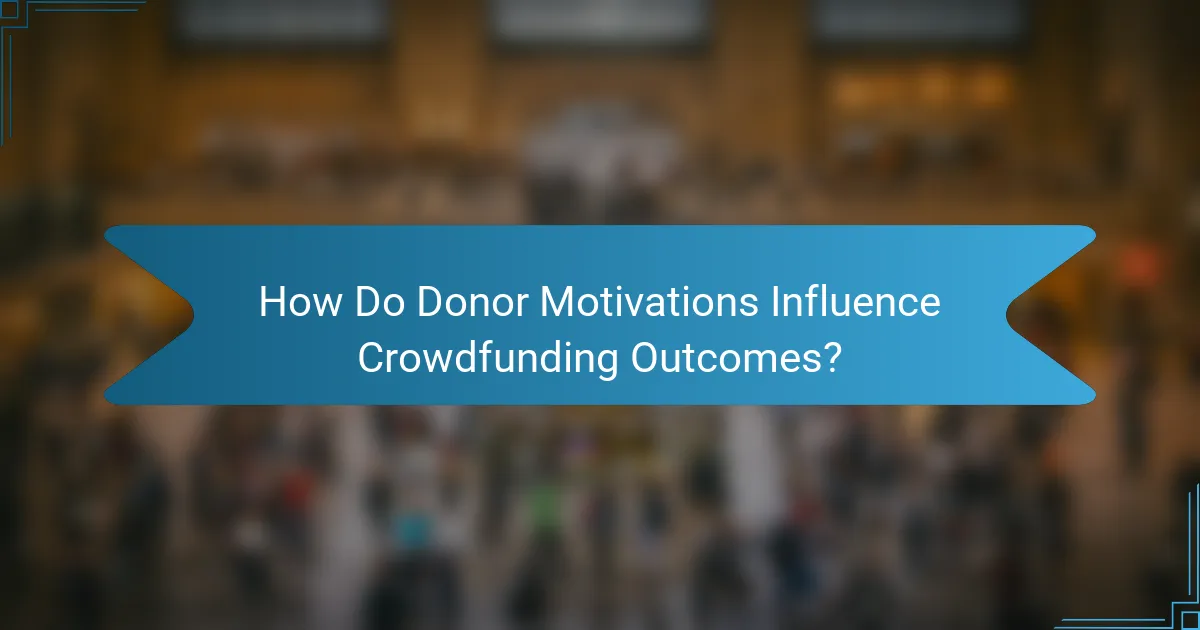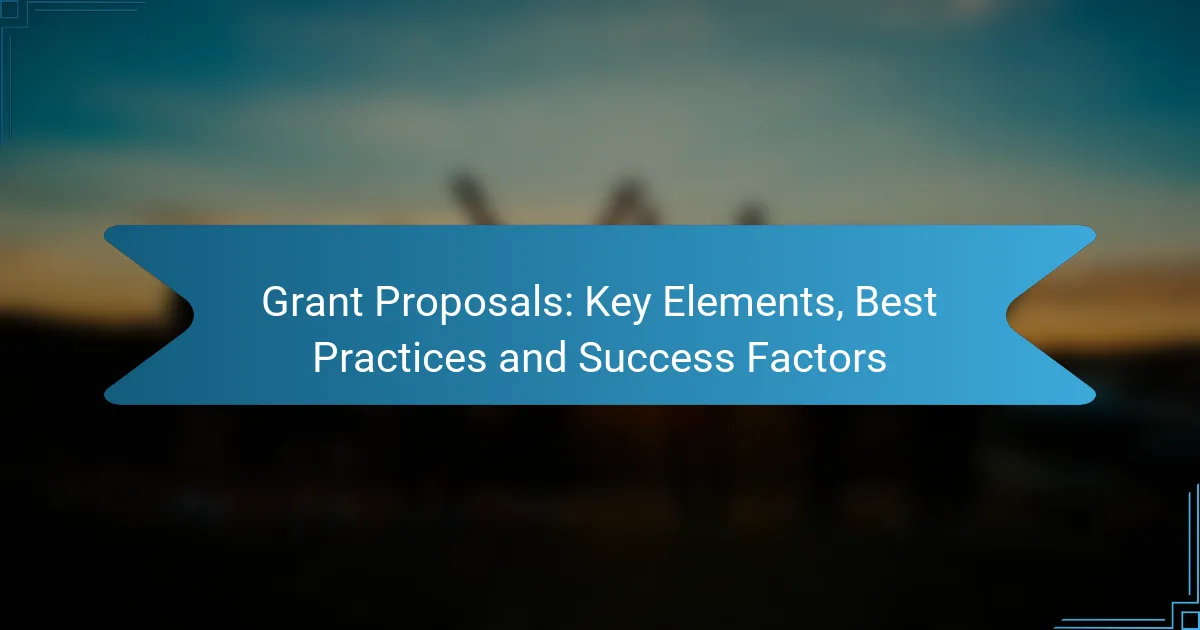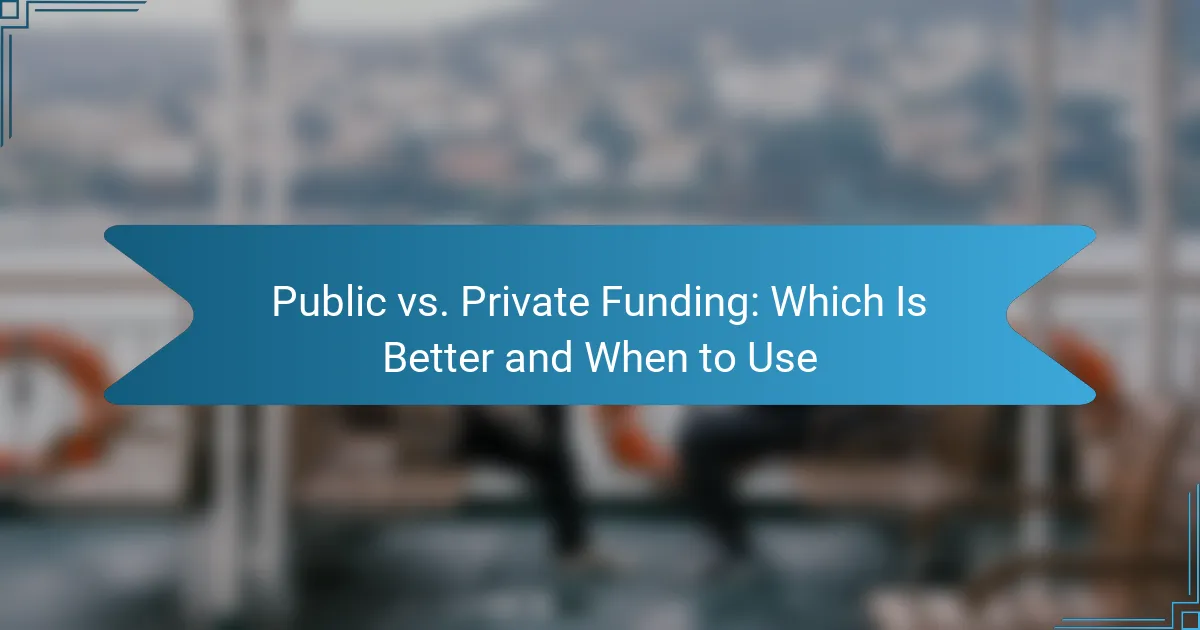Crowdfunding platforms have emerged as vital tools for advancing human rights initiatives by offering accessible funding options for both individuals and organizations. These platforms empower grassroots movements to garner financial support and raise awareness, often circumventing traditional funding obstacles. To succeed, campaigns must employ effective strategies that resonate with potential backers, including compelling storytelling and active engagement through social media.

How Do Crowdfunding Platforms Support Human Rights Initiatives?
Crowdfunding platforms play a crucial role in supporting human rights initiatives by providing accessible funding avenues for individuals and organizations. They enable grassroots movements to raise awareness and financial support for various causes, often bypassing traditional funding barriers.
GoFundMe for grassroots campaigns
GoFundMe is ideal for grassroots campaigns focused on immediate needs and personal stories. It allows individuals to create campaigns that resonate emotionally, often leading to quick funding from friends, family, and the public. Campaigns can raise anywhere from a few hundred to tens of thousands of dollars, depending on the cause’s urgency and outreach.
When using GoFundMe, clear storytelling and regular updates are essential to maintain donor engagement. Successful campaigns often include compelling visuals and personal narratives that highlight the impact of contributions.
Kickstarter for project funding
Kickstarter is designed for creative projects and initiatives that require upfront funding to get started. Unlike GoFundMe, which focuses on personal causes, Kickstarter emphasizes tangible outcomes, making it suitable for human rights projects that can be framed as innovative solutions. Projects typically need to set a funding goal and a deadline, with backers receiving rewards based on their contributions.
To succeed on Kickstarter, project creators should clearly outline their goals, budgets, and timelines. Engaging potential backers with a well-crafted pitch video and detailed project descriptions can significantly enhance funding chances.
Indiegogo for flexible funding
Indiegogo offers flexible funding options, allowing campaigners to keep funds raised even if they don’t meet their initial goal. This feature is beneficial for human rights initiatives that may require ongoing support rather than a one-time project. Campaigns can range from social justice initiatives to community-based projects, often appealing to a wide audience.
When launching a campaign on Indiegogo, it’s important to set clear milestones and communicate how funds will be used. Regular updates and engaging content can help maintain momentum and attract more supporters throughout the campaign duration.
Patreon for ongoing support
Patreon is tailored for creators and organizations seeking ongoing financial support from their community. It allows supporters to subscribe for monthly contributions, making it suitable for human rights organizations that require consistent funding for their operations and advocacy efforts. This model fosters a sense of community and commitment among supporters.
To effectively use Patreon, organizations should offer exclusive content or benefits to subscribers, such as behind-the-scenes updates or early access to reports. Clear communication about how funds are used can strengthen supporter loyalty and encourage higher subscription tiers.
Fundly for community engagement
Fundly focuses on community-driven fundraising efforts, making it a great choice for human rights initiatives that aim to mobilize local support. It allows users to create campaigns that can be shared easily across social media, enhancing visibility and engagement. Fundly campaigns can range from small community projects to larger initiatives requiring significant funding.
To maximize success on Fundly, campaigners should leverage social media effectively and encourage supporters to share their campaigns. Engaging with donors through updates and personal messages can foster a sense of community and encourage further contributions.

What Strategies Enhance Crowdfunding Success?
Successful crowdfunding relies on a combination of effective strategies that engage potential backers and communicate the project’s value. Key approaches include crafting a compelling narrative, leveraging social media, maintaining communication with supporters, offering attractive rewards, and collaborating with influencers.
Building a compelling narrative
A strong narrative is crucial for capturing the interest of potential backers. It should clearly articulate the project’s purpose, the problem it addresses, and the impact it aims to achieve. Use personal stories or testimonials to create an emotional connection.
Consider structuring your narrative around a clear beginning, middle, and end. Start with the challenge, explain your solution, and conclude with a call to action that encourages support. This storytelling approach can significantly enhance engagement.
Utilizing social media outreach
Social media platforms are powerful tools for promoting crowdfunding campaigns. Use channels like Facebook, Twitter, and Instagram to reach a wider audience and share updates about your project. Regular posts can keep your initiative top-of-mind for potential backers.
Engage with your audience by responding to comments and sharing user-generated content. Consider using targeted ads to reach specific demographics that align with your project’s mission, which can help increase visibility and attract more supporters.
Engaging with backers through updates
Regular updates are essential for maintaining backer interest and trust. Keep your supporters informed about the project’s progress, milestones achieved, and any challenges faced. This transparency fosters a sense of community and encourages continued support.
Consider using various formats for updates, such as videos, blog posts, or newsletters. Highlight backer contributions and show appreciation for their support, which can motivate them to share your campaign with their networks.
Offering meaningful rewards
Attractive rewards can incentivize potential backers to contribute to your campaign. Consider offering tiered rewards that provide increasing value at different contribution levels. This strategy can appeal to a broader range of supporters.
Ensure that the rewards are relevant to your project and resonate with your target audience. For instance, if your initiative focuses on human rights, consider offering exclusive content, merchandise, or experiences that align with that mission.
Collaborating with influencers
Partnering with influencers can significantly amplify your campaign’s reach. Identify individuals who are passionate about your cause and have a following that aligns with your target audience. Their endorsement can lend credibility and attract new backers.
When collaborating, provide influencers with clear messaging and materials to share. This ensures that they accurately represent your project and its goals. Consider offering them a stake in the campaign or exclusive rewards for their followers to encourage participation.

What Are the Key Challenges in Crowdfunding for Human Rights?
Crowdfunding for human rights initiatives faces several significant challenges that can hinder fundraising efforts. These include intense competition for donor attention, regulatory compliance issues, and the necessity of building trust with potential backers.
Competition for donor attention
The crowdfunding landscape is crowded, with numerous campaigns vying for the same pool of donors. Human rights initiatives must stand out by clearly communicating their mission and impact, often competing against more mainstream causes that may attract more immediate interest.
To capture donor attention, campaigns should leverage compelling storytelling and visuals that resonate emotionally. Utilizing social media effectively can also help amplify reach and engagement, making it essential to have a strong online presence.
Regulatory compliance issues
Compliance with local and international regulations can be a complex hurdle for crowdfunding campaigns focused on human rights. Different countries have varying laws regarding fundraising, which can affect how funds are raised and distributed.
Campaign organizers should familiarize themselves with relevant regulations, including tax implications and reporting requirements. Consulting with legal experts can help navigate these complexities and ensure adherence to applicable laws, thereby avoiding potential penalties.
Building trust with potential backers
Establishing trust is crucial for attracting backers to human rights crowdfunding campaigns. Donors are more likely to contribute if they feel confident that their funds will be used effectively and transparently.
To build trust, campaigns should provide clear information about their goals, budget allocations, and progress updates. Engaging with backers through regular communication and demonstrating accountability can foster a sense of community and encourage ongoing support.

How Do Donor Motivations Influence Crowdfunding Outcomes?
Donor motivations significantly impact crowdfunding outcomes by shaping the types of projects that receive funding and the amount of support they garner. Understanding these motivations can help campaigners tailor their strategies to attract more contributions.
Desire to support social justice
Many donors are driven by a strong desire to support social justice initiatives, which often leads them to contribute to crowdfunding campaigns focused on human rights. Campaigns that clearly articulate their mission and demonstrate a commitment to social equity tend to resonate more with these donors.
To effectively engage this audience, project creators should highlight specific social justice issues they aim to address and share compelling stories that illustrate the potential impact of their work. Utilizing social media to amplify these narratives can further enhance visibility and appeal.
Personal connection to the cause
A personal connection to a cause can significantly influence donor behavior in crowdfunding. Individuals are more likely to contribute to projects that resonate with their own experiences or values, such as initiatives related to health, education, or community development.
Campaigns should leverage personal stories and testimonials to create emotional connections with potential backers. Engaging with local communities and showcasing relatable narratives can help foster this connection and encourage donations.
Tax incentives for charitable donations
Tax incentives can play a crucial role in motivating donors to contribute to crowdfunding campaigns. In many countries, donations to registered charities may be tax-deductible, making it financially advantageous for individuals to support these initiatives.
Project creators should clearly communicate the tax benefits associated with their campaigns, including any relevant regulations or eligibility criteria. Providing detailed information on how donors can claim these deductions can enhance the appeal of contributing to a crowdfunding effort.



